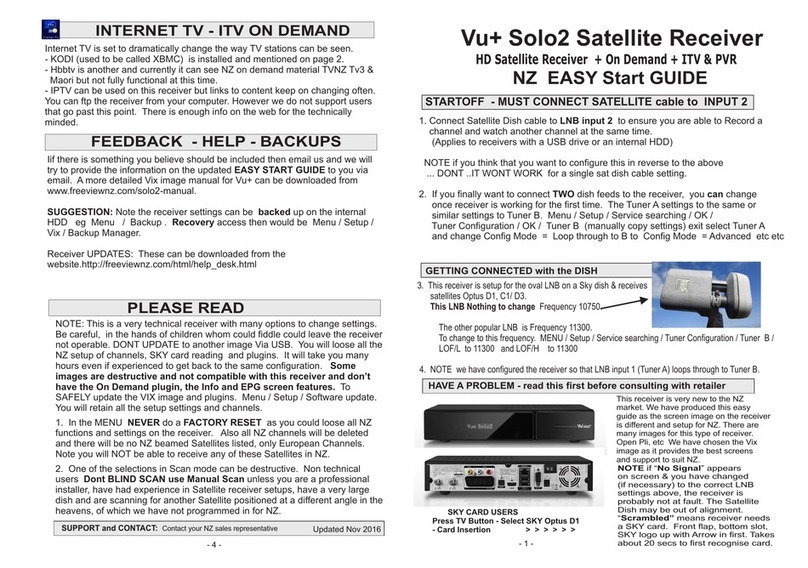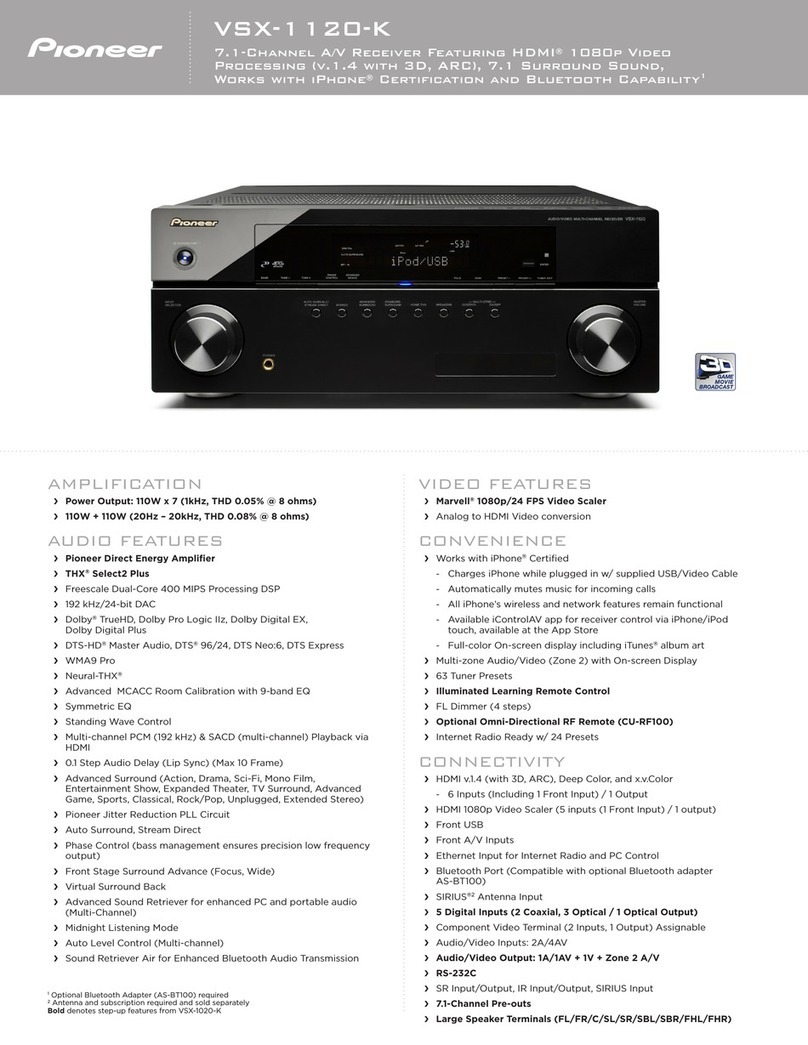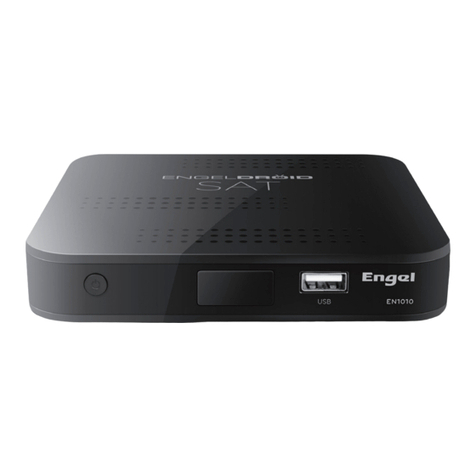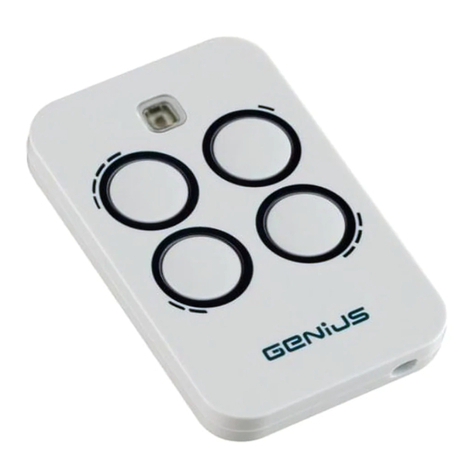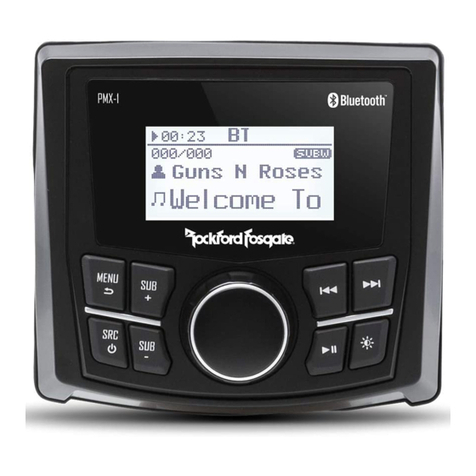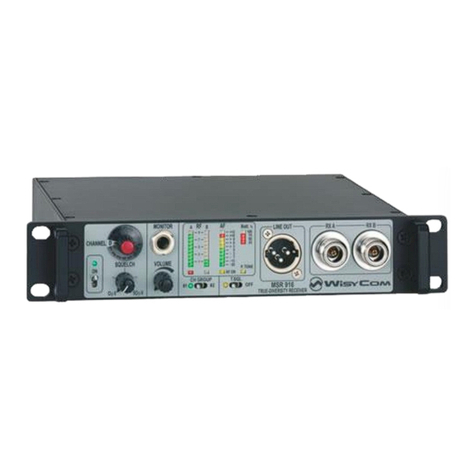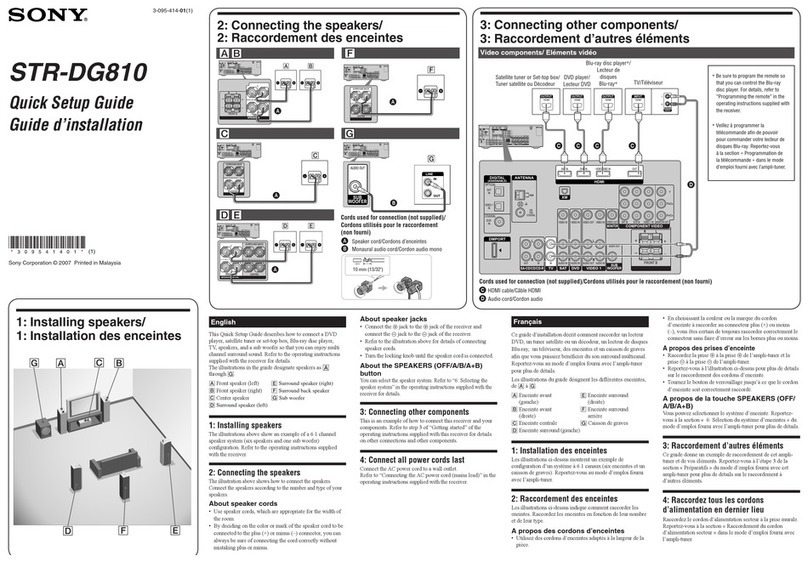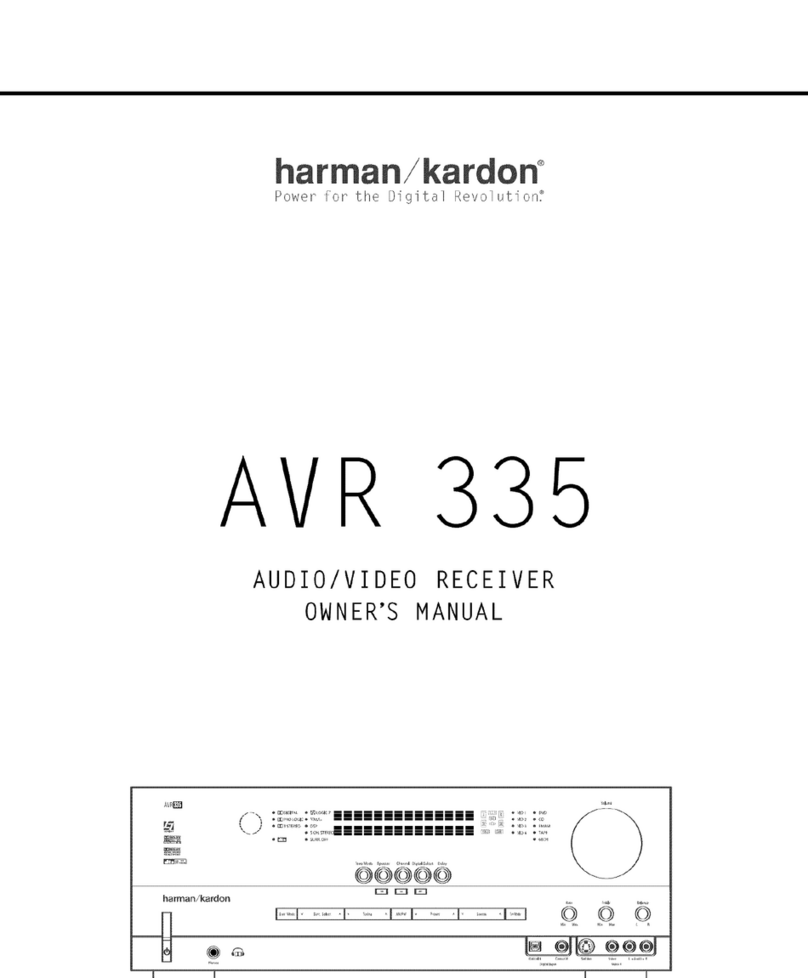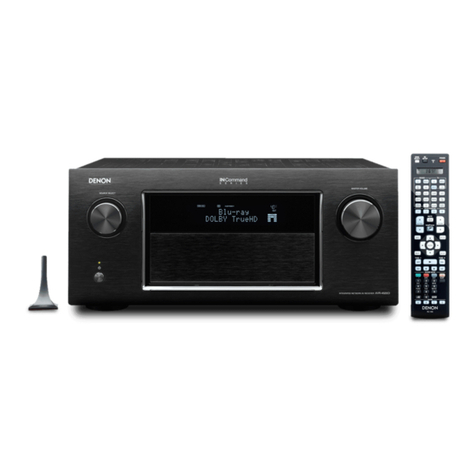MEGACODE CE-676-2 User manual

CE-676-2
DIGITAL
DOOR
RECEIVER
Installation Instructions
Description
The MegaCode series of digital receivers are wireless radio controls designed
for use with automatic door operators. The MegaCode radio format provides
unparalleled security.
MegaCode receivers and transmitters do not contain a typical “coding switch”. Each
transmitter is pre-set at the factory to a unique code. The receiver is programmed
by sending a signal to it from the transmitter(s) that are going to be used with it.
This stores the transmitters code into the receiver’s memory. The receiver will
retain its memory even without power. The receiver will activate only from these
“memorized” transmitters. Each MegaCode receiver can remember a maximum
of 40 transmitters.
The receivers can operate from 12-30 volts AC or 10.5-30 volts DC and are normally
powered from the door operator. The relay contact(s) are rated at 5 amps @ 32 volts
AC/DC NEC Class 2 circuit.
The CE-676-2 series has an “F” connector for attaching an antenna. The receiver
is supplied with a 9-inch local antenna, a three foot 75 ohm coaxial cable, and a
bulkhead connector for mounting the antenna outside the door operator enclosure
STEP 1 Connect receiver relay output
Connect the appropriate wires (GREEN), (WHITE) to the appropriate activation
terminals on the door operator.
STEP 2 Connect receiver to power
Connect the (RED) input wire to the AC or DC+ and the (BLACK) wire to the AC or
DC- terminal on the door operator.
STEP 3 Mount the receiver
Use the screws provided to mount the receiver within the operator housing. This
provides protection from the elements. Secure case with case screws.
STEP 4 Connect antenna
Connect the coaxial cable to the “F” connector on the receiver. Drill a 3/8” hole on
the top of the operator housing for the bulkhead connector. Insert the connector and
secure it with the nut and lock washer. Connect the cable and antenna to the bulkhead
connector.
STEP 5 Open receiver case
To open the receiver case, remove the screws, squeeze sides of case and rotate
upward.
STEP 6 CE-676-2 code switch
The pushbutton labeled S1 is used to program transmitters.
28727 Industry Dr, Valencia, CA 91355
(800) 643-6353 Fax 818-782-5979
www.curranengineering.com
RECEIVER
LOCAL
ANTENNA BULKHEAD
CONNECTOR
3-FOOT
CABLE
CASE SCREWS
MOUNTING
HARDWARE
WASHER
NUT
MOUNT RECEIVER
INSIDE GATE
HOUSING
SECURE CASE
CLOSED WITH TWO
SCREWS AT BOTTOM
OF CASE
CONNECT COAXIAL
CABLE TO "F"
CONNECTOR
SLIDE WEATHER
RESISTANT CAP
OVER CONNECTION
INSERT BULKHEAD
CONNECTOR THROUGH
OPERATOR HOUSING
SECURE CONNECTOR
TO HOUSING USING
WASHER AND NUT
CONNECT CABLE TO
BULKHEAD CONNECTOR SQUEEZE BOTH SIDES AT TABS
AND TILT UPWARD
S1
S1
SINGLE CHANNEL
PUSHBUTTON
USE THIS
PUSHBUTTON
TO ENTER
TRANSMITTERS
PRINTERS INSTRUCTIONS
INSTR,INSTL,MEGA RCVR,CE-676-2,OEM - P/N: 225821 AX4 - INK: BLACK - MATERIAL: 20 LB. MEAD BOND - SIZE: 8.500” X 11.000” - SCALE: 1-1 - SIDE 1 of 2

225821 AX4
STEP 7 Program the receiver
Momentarily press the receiver’s program button. The red programming LED will light
if there’s room in the receiver’s memory for another transmitter (40 maximum per
receiver). The LED stays on for about 5 seconds. A transmitter must be entered
while the LED is on. Press the desired transmitter button. The LED will flicker
indicating that the receiver has accepted the transmitter
➥ NOTE: be sure to press the receiver program button for less than 2 seconds.
➥ WARNING! Operator will not activate when the receiver is being
programmed from the transmitter, but will activate the next time the
transmitter is activated after programming.
➥ NOTE:The programming LED also monitors radio signals entering the
receiver. It is common to see an occasional blink from the LED.The LED
will also light when any transmitter tuned to the receiver’s frequency
(programmed into the receiver or not) is activated.
STEP 8 Add additional transmitters
Repeat Step 7 for each transmitter used with this receiver. Be sure to press the
receiver’s program button each time a new transmitter or a different transmitter
button on a multi-button transmitter is pressed. If the LED doesn’t come on when
the receiver’s program button is pressed, the receiver’s memory is full (40 transmitters
total). Use the erase function (INFO 1) to remove transmitters from the receiver’s
memory.
STEP 9 Review memory
Press and hold the receiver’s program button until the LED begins to flash (about 3
seconds) and then release the button. Count the number of flashes. The number of
flashes equals the number of transmitters programmed into the receiver
➥ NOTE: Don’t hold down the programming button longer than 5 seconds
or the receiver’s memory for that channel will be erased (INFO 1).
STEP 10 Test receiver
Be sure door area is clear. Activate each transmitter. The receiver relay should click
and the operator should activate. Wait 1 second between each activation.
INFO 1 Erasing receiver memory
Transmitters may be erased from the receiver’s memory by pressing and holding the
receiver’s program button until the LED blinks (count of transmitters) and then blinks
one more time (Channel 1) or two more times (Channel 2) as the receiver’s memory
is erased. All transmitters are erased at the same time. Then release the program
button.
➥ NOTE: If the receiver’s LED flashes continuously when a transmitter isn’t
being activated, the receiver is too close to an electrical noise source.
Move the receiver away from the noise source or call technical services for
assistance. (The receiver must be open to observe this.)
LIMITED WARRANTY
This product is warranted against defects in material and workmanship
for twelve (12) months.
IMPORTANT!!!
These radio controls provide a reliable communications link and fill
an important need in portable wireless signaling. However, there are
some limitations which must be observed.
✶ For U.S. installations only: The radios are required to comply with FCC Rules
and Regulations as Part 15 devices. As such, they have limited transmitter
power and therefore limited range.
✶ A receiver cannot respond to more than one transmitted signal at a time
and may be blocked by radio signals that occur on or near their operating
frequencies, regardless of code settings.
✶ Changes or modifications to the device may void FCC compliance.
✶ Infrequently used radio links should be tested regularly to protect against
undetected interference or fault.
✶ A general knowledge of radio and its vagaries should be gained prior to acting
as a wholesale distributor or dealer, and these facts should be communicated
to the ultimate users.
S1
WHEN RECEIVER
IS READY, PRESS THE
DESIRED TRANSMITTER
BUTTON
RECEIVER LED
WILL FLICKER
AS TRANSMITTER
IS ENTERED INTO
MEMORY
MOMENTARILY PRESS
THE PUSHBUTTON (S1)
THE LED WILL
LIGHT AND REMAIN
ON ABOUT FIVE
SECONDS
TO OPEN
PUSH
S1
THEN PRESS
TRANSMITTER
BUTTON
WITH MULTI-BUTTON
TRANSMITTERS,
PRESS THE DESIRED
BUTTON
PRESS
PROGRAM
BUTTON FIRST
S1
LED WILL FLASH, COUNTING THE
TOTAL NUMBER OF TRANSMITTERS
PROGRAMMED
S1
PRESS PROGRAM BUTTON
FOR THREE SECONDS
THEN RELEASE
S1
LED WILL FLASH, COUNTING THE
TOTAL NUMBER OF TRANSMITTERS
PROGRAMMED. THEN IT WILL
BLINK ONCE (CHANNEL ONE) OR
TWICE (CHANNEL TWO) AS THE
TRANSMITTERS ARE ERASED
S1
PRESS PROGRAM BUTTON
FOR FIVE SECONDS OR
MORE
PRINTERS INSTRUCTIONS
INSTR,INSTL,MEGA RCVR,CE-676-2,OEM - P/N: 225821 AX4 - INK: BLACK - MATERIAL: 20 LB. MEAD BOND - SIZE: 8.500” X 11.000” - SCALE: 1-1 - SIDE 2 of 2
Popular Receiver manuals by other brands
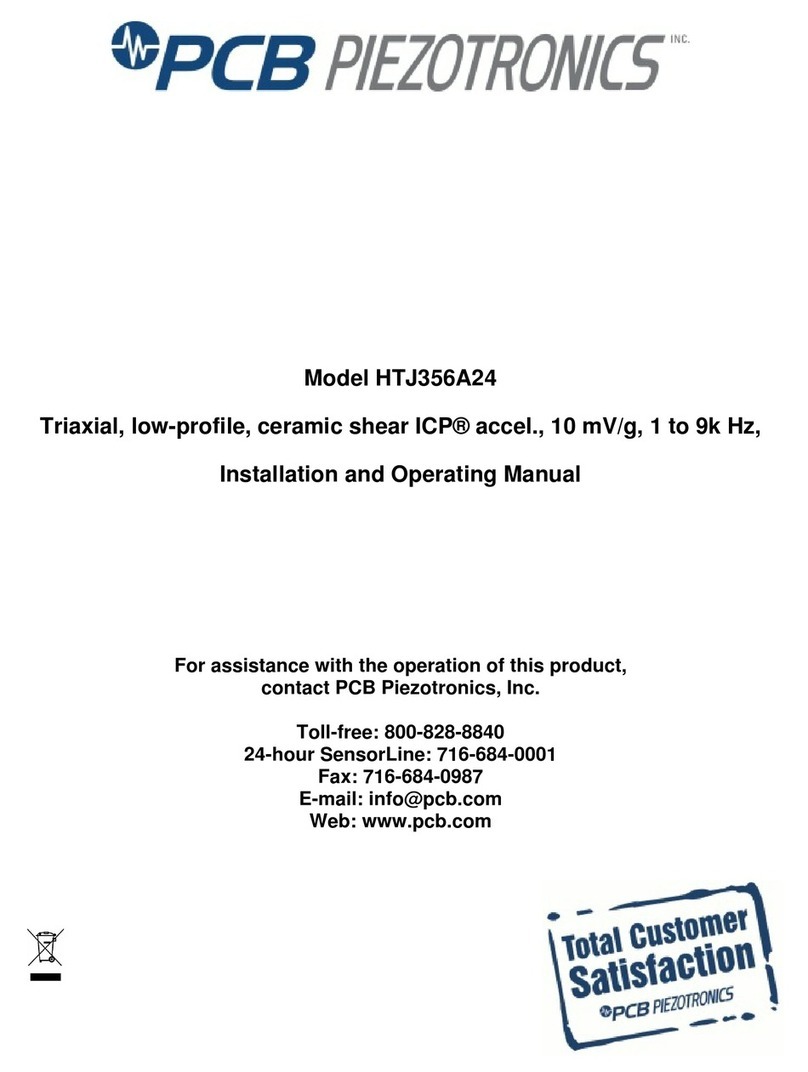
PCB Piezotronics
PCB Piezotronics HTJ356A24 Installation and operating manual

Hexagon
Hexagon NovAtel MarinePak7 user manual
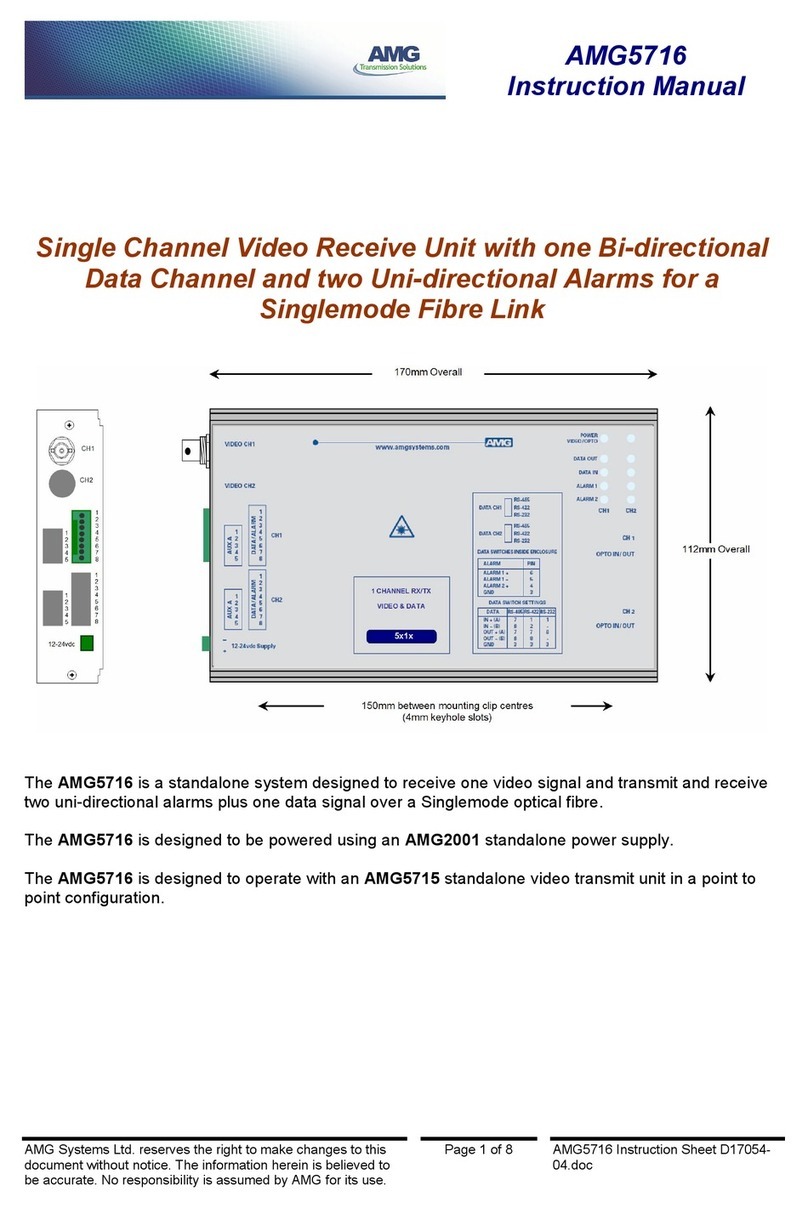
AMG
AMG AMG5716 instruction manual

Aodyo Instruments
Aodyo Instruments Sylphyo Link user guide

Onkyo
Onkyo NC 500 - NetTune Receiver instruction manual

National Instruments
National Instruments PXIe-5667 Getting started guide

